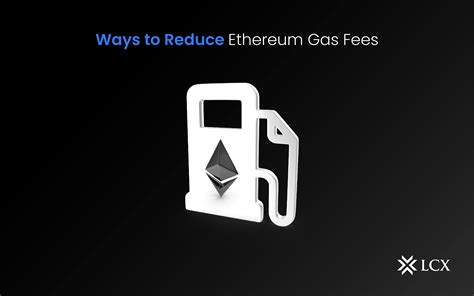The Hidden Cost of Trading in Cryptocurrencies: Understanding Gas Fees
Cryptocurrency trading has become a popular way for investors and traders to buy, sell, and hold digital assets. However, one often-overlooked aspect of trading in cryptocurrencies is the cost of transaction fees, specifically gas fees. These fees can range from tens to hundreds of dollars per trade, depending on the cryptocurrency being traded.
In this article, we’ll delve into what gas fees are, how they’re calculated, and why traders need to consider them when making trades.
What are Gas Fees?
Gas fees, also known as transaction fees, are a fee paid by users of blockchain-based networks, such as Bitcoin or Ethereum, to verify and validate transactions. These transactions are verified through the network’s consensus mechanism, which ensures the integrity of the data and prevents double-spending.
The gas fees are typically calculated in units of “gas,” which represents the computational power needed to solve complex mathematical problems required to secure the network. As more users join the network, the demand for computational power increases, causing prices for gas to rise.
How are Gas Fees Calculated?
Gas fees are calculated based on several factors:
- Transaction volume: The more transactions a user conducts, the higher their fee.
- Block reward: Each block is rewarded with a certain amount of cryptocurrency (e.g., 6.25 BTC for Bitcoin), which incentivizes miners to secure the network and validate new blocks.
- Network congestion: As the number of users increases on the network, gas prices rise due to increased demand for computational power.
To calculate gas fees, traders typically need to use a gas price aggregator or an exchange’s built-in gas calculator. These tools provide the current gas prices and calculate fees based on user activity and block reward rates.
Why are Gas Fees so High?
Gas fees can be high due to several reasons:
- Network congestion: As more users join the network, the demand for computational power increases.
- Increased transaction volume: More transactions lead to higher gas prices.
- Limited capacity: Some cryptocurrencies have limited transaction capacity, which can cause increased demand and higher fees.
What Traders Need to Consider
When trading in cryptocurrencies, gas fees are a significant consideration:
- Understand your gas costs: Calculate the total cost of each trade before making it to avoid unexpected expenses.
- Choose the right exchange: Select an exchange that offers competitive gas prices and transparent pricing models.
- Consider alternative exchanges: Some exchanges offer more favorable gas rates or flexible fee structures, which may be beneficial for traders with high liquidity needs.
- Monitor price movements: Keep track of market trends and adjust your strategy accordingly to minimize exposure to volatile fees.
Alternatives to Gas Fees

To avoid the high costs associated with traditional exchanges, some traders opt for alternative methods:
- Layer 2 scaling solutions: These solutions, such as Optimism or Polkadot, utilize off-chain transactions and reduce gas usage.
- Off-chain payment systems: Platforms like Ripple or Bank of China offer low-cost payment systems that can be used to settle trades without relying on traditional exchanges.
Conclusion
Gas fees are an essential aspect of trading in cryptocurrencies, affecting the cost of each transaction. By understanding how gas fees work and being mindful of their impact, traders can make more informed decisions when making trades. While alternatives exist, they may not completely eliminate the need for gas fees.
